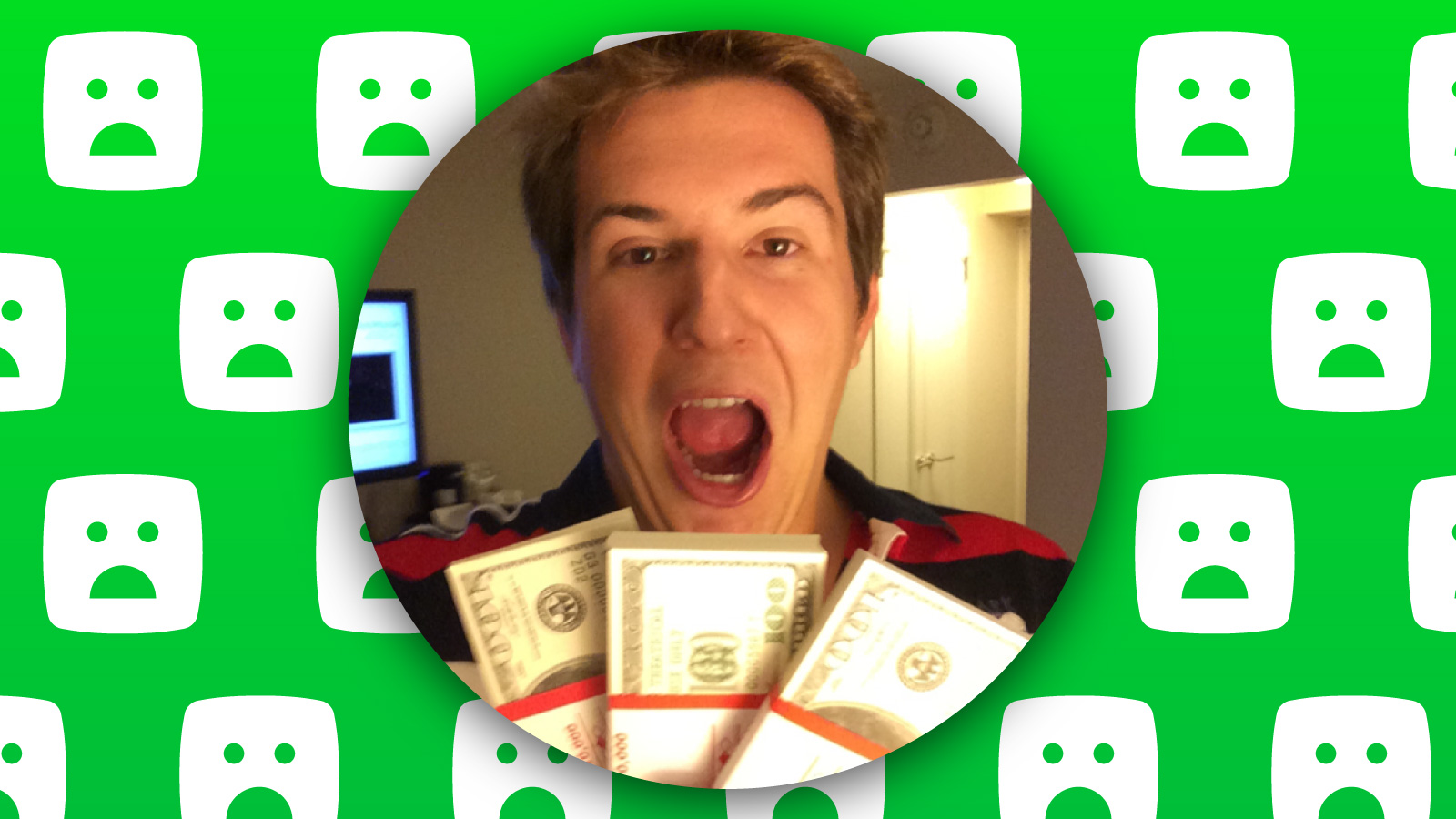The tale of Clinkle Lucas Duplan remains one of the most fascinating stories to emerge from Silicon Valley in the past decade. Lucas Duplan, a fresh graduate from Stanford University, secured a staggering $25 million in seed funding for his mobile payments startup. At the time, the sheer scale of the investment was unheard of, and the young entrepreneur was hailed as a prodigy who could change the way people interacted with money.
Yet, the narrative quickly shifted from triumph to turbulence. Clinkle Lucas Duplan soon became the subject of media scrutiny, employee walkouts, and investor frustration. What began as one of the most hyped ventures in the world of technology soon turned into a cautionary tale of how funding, hype, and charisma are not enough to build a sustainable business. Today, Clinkle is remembered as one of Silicon Valley’s most infamous failures, and its story continues to spark curiosity.
Who Is Lucas Duplan
Lucas Duplan was born in Switzerland before moving to the United States, where he attended Stanford University. He studied computer science and quickly developed a reputation as someone with an eye for innovation. During his university years, he created the concept for Clinkle, a mobile payments app that promised to revolutionise everyday financial transactions and reward schemes for consumers.
His polished presentations and persuasive personality captured the attention of some of the most prominent investors in the world. By the age of just twenty-two, Lucas Duplan had raised one of the largest seed rounds ever for a technology startup. This remarkable achievement thrust him into the spotlight, with many calling him Silicon Valley’s next great visionary. However, as events would later show, early promise does not always translate into lasting success.
What Was Clinkle
Clinkle was envisioned as a sleek and modern mobile payments platform designed to allow users to send money seamlessly between peers while earning rewards. At a time when mobile commerce was beginning to grow, the idea appeared ahead of its time. The app’s goal was to replace wallets with smartphones, creating a frictionless financial experience for users.
The company operated under what is known as “stealth mode”, meaning little information about the product was shared with the public. This secrecy strategy created buzz and anticipation, as investors and media outlets speculated on what Clinkle Lucas Duplan was building. Unfortunately, the strategy backfired when the company failed to deliver on its lofty promises. Instead of innovation, Clinkle became associated with confusion and unfulfilled hype.
The Record Breaking $25M Seed Funding
The funding story of Clinkle Lucas Duplan became legendary. He raised an astonishing $25 million from high-profile investors including Andreessen Horowitz, Accel Partners, and Intel Capital. The sheer size of the seed round was unprecedented, especially for a founder so young and a product so untested. For a time, it seemed Clinkle had unlimited potential.
However, this massive investment created equally massive expectations. Investors expected rapid scaling, polished products, and a business model that would dominate the market. When progress stalled and communication from leadership became unclear, frustration grew. The very funding that had made Clinkle a Silicon Valley darling soon became a burden that magnified every weakness in the company’s foundation.
Internal Struggles and Employee Exodus

Behind the scenes, Clinkle was plagued by serious internal struggles. Employees reported a toxic work environment where decisions were inconsistent, and leadership seemed detached from the practical realities of building a working product. Morale dropped as deadlines were missed, and discontent quickly spread across the company.
In a dramatic move, seven employees resigned simultaneously, citing frustration with Lucas Duplan’s leadership style. This mass exodus made headlines and damaged the startup’s reputation further. Instead of being known as an innovative disruptor, Clinkle Lucas Duplan was now portrayed as a dysfunctional workplace. In the fast-moving world of Silicon Valley, such negative publicity proved fatal.
The Collapse of Clinkle
Despite millions in funding, Clinkle failed to bring a viable product to market. Delays, mismanagement, and lack of vision eroded confidence among both employees and investors. Competitors began launching their own payment apps, many of which were simpler and more reliable than Clinkle’s offering. By the time Clinkle was ready to move forward, the market had already moved past it.
In 2016, Clinkle officially shut its doors. The closure marked the end of a project that once seemed unstoppable. Investors demanded answers, while the media dissected every aspect of the failure. Clinkle Lucas Duplan had gone from being Silicon Valley’s golden boy to a symbol of how quickly fortunes can turn in the tech world.
Life After Clinkle Where Is Lucas Duplan Now
Following the collapse of Clinkle, Lucas Duplan stepped away from the public spotlight. In the years that followed, he became involved in blockchain and cryptocurrency projects, fields that similarly rely on disruptive technology and bold ambition. While these ventures did not attract the same level of hype as Clinkle, they signalled his continued desire to innovate in financial technology.
Today, Lucas Duplan’s reputation remains divided. To some, he represents the pitfalls of arrogance and inexperience in startup culture. To others, he is a daring risk-taker who reached extraordinary heights at a young age. Whatever the opinion, the legacy of Clinkle Lucas Duplan continues to influence how people view both the man and his failed venture.
Key Lessons from the Clinkle Story
Clinkle teaches us that funding alone is not a guarantee of success. Visionary ideas must be matched with strong leadership, organisational culture, and practical execution. Without these elements, even the most promising concept can quickly unravel. For entrepreneurs in the UK and beyond, Clinkle’s story is a reminder of the importance of building sustainable foundations.
Another crucial lesson from Clinkle Lucas Duplan is the danger of hype. By remaining secretive and overpromising results, the company created expectations it could never meet. Transparency, adaptability, and consistent delivery are far more valuable to long-term growth than mystery or exaggerated claims. These lessons remain relevant to startups across industries today.
Conclusion
The story of Clinkle Lucas Duplan is a dramatic rise and fall that continues to fascinate. From the heights of a $25 million seed round to the depths of total collapse, the journey highlights both the opportunities and dangers of Silicon Valley. It demonstrates how quickly ambition can turn into a cautionary tale when execution fails to meet expectations.
While Clinkle no longer exists, its story is still told in classrooms, boardrooms, and startup circles. For founders, investors, and employees alike, it stands as a warning that charisma and funding are no substitute for leadership, culture, and vision. Clinkle may have vanished, but its legacy remains as a symbol of Silicon Valley excess and lessons learned the hard way.
FAQs About Clinkle and Lucas Duplan
What was Clinkle?
Clinkle was a mobile payments startup founded by Lucas Duplan in 2012, designed to make peer-to-peer transactions seamless while offering rewards.
How much funding did Clinkle raise?
The company raised $25 million in seed funding, making it one of the largest rounds ever for a startup at that stage.
Why did Clinkle fail?
Clinkle failed due to poor leadership, employee dissatisfaction, and delays in product delivery, despite its immense funding.
Where is Lucas Duplan now?
After Clinkle, Lucas Duplan became involved in cryptocurrency and blockchain projects, though with much less media attention.
What lessons can entrepreneurs learn from Clinkle?
Key lessons include the importance of execution, strong company culture, and the risks of hype without results.
You may also read: Social Listening in Digital Marketing: Strategies, Benefits, Tools
